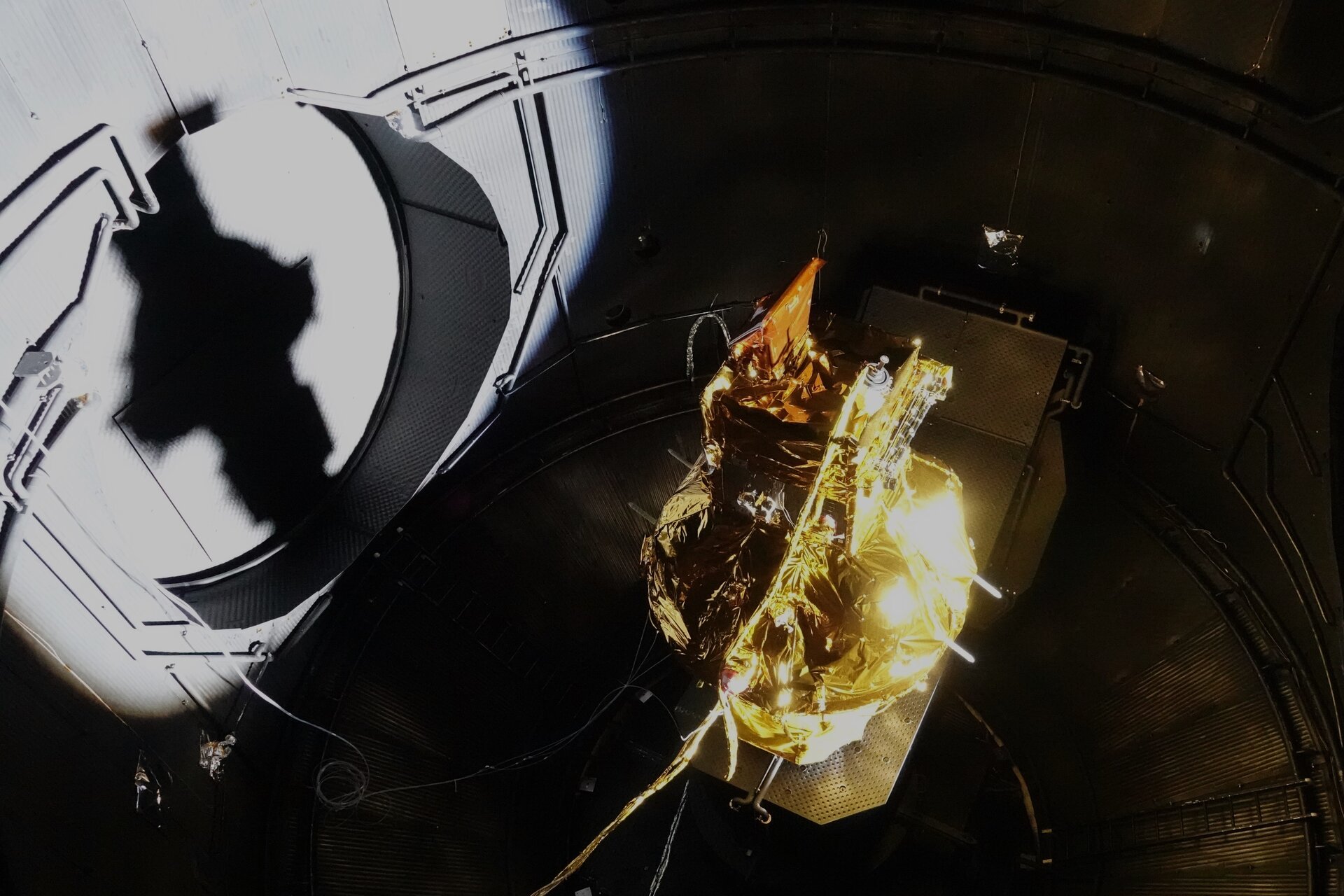Key Takeaways
- The Smile spacecraft has successfully completed critical testing phases before its 2026 launch.
- Collaborative efforts between the European Space Agency and the Chinese Academy of Sciences were essential in the testing process.
- Smile will study Earth’s magnetic field and solar wind interactions upon reaching its orbit.
Final Preparations for Smile Spacecraft
The Smile spacecraft, designed to observe Earth’s magnetic field in relation to the solar wind, is nearing its launch after undergoing rigorous testing at the European Space Agency’s (ESA) ESTEC facility in the Netherlands. Both ESA and the Chinese Academy of Sciences (CAS) have collaborated to ensure its functionality under extreme conditions.
The testing process began in March and involved multiple challenges, crucial for guaranteeing that Smile can withstand the rocket launch, the vacuum of space, and temperature fluctuations during its orbit. One of the primary tests was conducted in the Maxwell Test Chamber, where engineers assessed electromagnetic compatibility. This situation mimicked potential issues where electronic systems might interfere with one another. Chris Runciman, Smile’s Systems Engineer, explained that they aimed to prevent any disruptions akin to a phone emitting noise when placed near a speaker.
Subsequent tests included weighing the spacecraft and determining its center of gravity, essential for ensuring compatibility with the Vega-C rocket that will transport Smile. This precise measurement supports mission controllers in maneuvering the spacecraft effectively once it reaches orbit.
Vibration tests were also a significant part of the assessment; the spacecraft was placed on a shaker to simulate the intense vibrations experienced during launch. The successful completion of this test reinforced confidence in Smile’s structural integrity and operational capability during ascent.
A critical component of the Smile mission is its solar panels, which supply power to the onboard systems. Engineers confirmed the deployment mechanisms of the solar panels to ensure they can unfurl correctly once Smile is in space.
The most demanding testing phase involved placing Smile in the Large Space Simulator, Europe’s largest vacuum chamber, which recreated the outer space environment. This test encompassed both thermal conditions and simulated sunlight exposure, essential for assessing how the spacecraft will operate upon reaching its destination. Project Manager David Agnolon praised the team’s successful execution of this grueling test, stating that the results were impressive and that Smile is now fully prepared for its mission.
Though Smile is officially marked ready for space, engineers will continue with final checks on specific instruments over the next few weeks, ensuring all systems are intact post-testing. Following this, Smile will undergo final software checks before being shipped to the European Spaceport in French Guiana for its anticipated launch in 2026.
The Smile mission is a significant collaboration between Europe and China, promising to enhance understanding of Earth’s magnetic shield and its responses to solar wind. Further details and updates on the mission can be found on the ESA’s official website.
The content above is a summary. For more details, see the source article.















